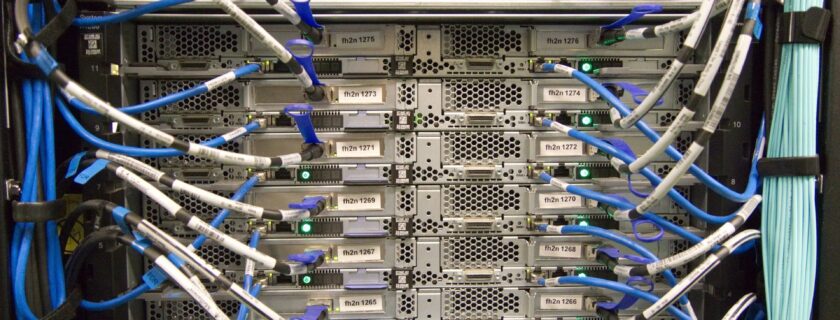What is a data fabric and why is it important?
By Amanda Brooks
Data needs to be cleaned, validated, and managed before it can be used in analytics and machine learning. It also needs to be accessible to users. Data fabric is designed as an end-to-end data integration and management solution that helps organizations manage their data. Omdia analyst Bradley Shimmin describes data fabric as an API layer or a data-as-a-service layer.
According to TIBCO, traditional data integration is no longer meeting new business demands of real-time connectivity, self-service, automation, and universal transformations. Data is growing at a rapid pace.
Challenges of today’s data include:
- Located in multiple on-premises and cloud locations
- Structured and unstructured data
- Different data types
- Different platform landscapes
- Maintained on different file systems, databases, and SaaS applications
How does it work?
Data fabric begins with online transaction processing (OLTP) concepts. In online transactional processing, detailed information about every transaction is inserted, updated, and uploaded to a database. In the Gartner Emerging Technologies Hype cycle report released Aug. 23, 2021, “data fabric” sits right at the “Peak of Inflated Expectations” (along with Nonfungible Tokens or NFTs, and decentralized identity).
In May, Google announced the preview of Dataplex, which is referred to as “an intelligent data fabric that allows organizations to centrally manage, monitor, and govern their data across data lakes, data warehouses, and databases, creating one integrated experience to help automate data management and power analytics at scale.”
Successful application of data fabric requires:
- Application and services: The development of apps and graphical user interfaces (GUIs) for the customer to interact with the organization.
- Ecosystem development and integration: Fostering an ecosystem to gather,manage, and store the data. Data from the customer needs to be transferred to the data manager and storage systems in a way that minimizes loss of data.
- Security: The data collected needs to be properly secured.
- Storage management: Data is stored in an accessible and efficient manner.
- Transport: Allowing access to the data from any point in the organization’s geographic locations.
- Endpoints: Developing the software that allows insights in real time.
This technology is a perfect fit for geographically diverse organizations that have multiple data sources and face complex data issues or use cases. Data fabric is also an emerging technology and if this is here to stay, technology PR companies need to adapt and implement it.



